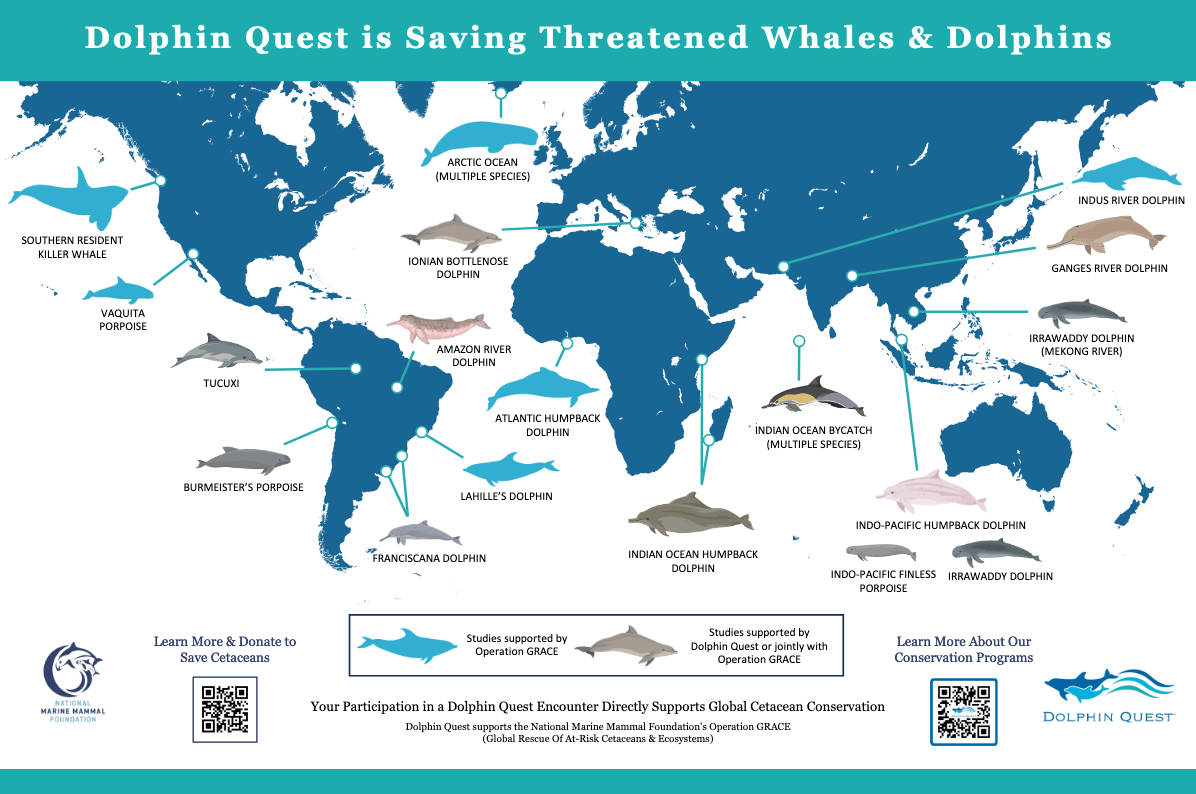STUDIES CURRENTLY SUPPORTED BY DOLPHIN QUEST
Highlighted below are some of the Conservation of Threatened or Endangered Small Cetaceans studies that received funding and/or in-kind support from Dolphin Quest.
Conservation Strategies for Endangered Indian Ocean Humpback Dolphins
Evidence suggests that the Indian Ocean humpback dolphin (Sousa plumbea) is the most threatened small cetacean in the Western Indian Ocean because of their vulnerability to gillnet entanglement, high level of…
KENYAN MARINE MAMMAL STRANDING NETWORK, KENYA
Exploring Cetacean Acoustic Behavior and Ways to Reduce Bycatch Mortality
Small and endangered coastal cetaceans inhabit the Matang mangroves and coastal waters, an area that is also heavily used for human activities. While the area is internationally recognized as…
THE MARECET RESEARCH ORGANIZATION, MALAYSIA
Studying Foraging Ecology and Habitat Use for Small Cetacean Conservation
Although many species of cetaceans inhabit the coast of Peru, dolphin foraging ecology is understudied and suffers from the effects of illegal bycatch and competition for food with industrial and small-scale fisheries…
UNIVERSIDAD PERUANA CAYETANO HEREDIA, PERU
Using eDNA to Understand Population Structure of the Tucuxi Dolphin
All river dolphins are threatened with extinction because of their restricted distribution, overlap with human communities, and the threats of accidental death in fishing gear, habitat destruction, and being killed for bait…
UNIVERSIDAD DE LOS ANDES, COLOMBIA
Using Acoustic Alarms to Reduce Entanglement of Franciscana in Artisanal Fisheries
The critically endangered Franciscana dolphin (Pontoporia blainvillei) is a small coastal cetacean from South American waters. Bycatch in gillnets is the biggest threat to the Franciscanas and strategies to mitigate…
UNIVERSIDADE DA REGIÃO DE JOINVILLE – UNIVILLE BRAZIL
Capacity Building for AquaMarina with the Sarasota Dolphin Research Program
For over 25 years, AquaMarina has carried out efforts to reduce Franciscana dolphin incidental bycatch through its range in Argentina. Every new project provides information that contributes to…
AQUAMARINA/SARASOTA DOLPHIN RESEARCH PROGRAM, ARGENTINA
Studying Human Impacts on a Critically Endangered Bottlenose Dolphin Subpopulation in Greece
A small, critically endangered subpopulation of bottlenose dolphins live in the Gulf of Ambracia, in western Greece…
SARASOTA DOLPHIN RESEARCH PROGRAM, BROOKFIELD ZOO CHICAGO | TETHYS RESEARCH INSTITUTE GREECE
Reducing Bycatch and Hunting of Endangered Dolphins in Madagascar using Community-Driven Conservation
Coastal dolphins off Madagascar are impacted by local hunting and bycatch, threatening populations of endangered Indian Ocean humpback dolphins and near-threatened Indo-Pacific bottlenose dolphins…
AFRICAN AQUATIC CONSERVATION FUND MADAGASCAR
JOIN DOLPHIN QUEST AND GET INVOLVED
In response to increasing threats to many cetacean species, in 2022 Dolphin Quest launched a two-part initiative aimed at protecting threatened or endangered small cetacean species.
First, Dolphin Quest partnered with the National Marine Mammal Foundation (NMMF) to help launch Operation GRACE (Global Rescue of At-Risk Cetaceans and Ecosystems). Dolphin Quest’s $250,000 donation enabled the NMMF to apply their unique veterinary perspective and conservation expertise to protect and conserve at-risk aquatic animals.
Next, Dolphin Quest launched The Conservation of Threatened or Endangered Small Cetaceans Fund to support at-risk species. In its first two years, the new fund has supported 13 projects in 11 countries. Since 2022, between Operation GRACE and the Endangered Small Cetaceans Fund, Dolphin Quest has donated $823,000, enabling projects in more than 17 countries.
You too can get involved by submitting proposals for studies and funding that focus on the conservation of threatened or endangered small cetaceans, or you can sponsor scientific studies directly by clicking one of the buttons below:

